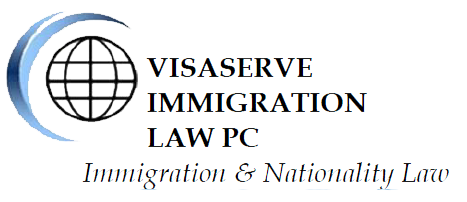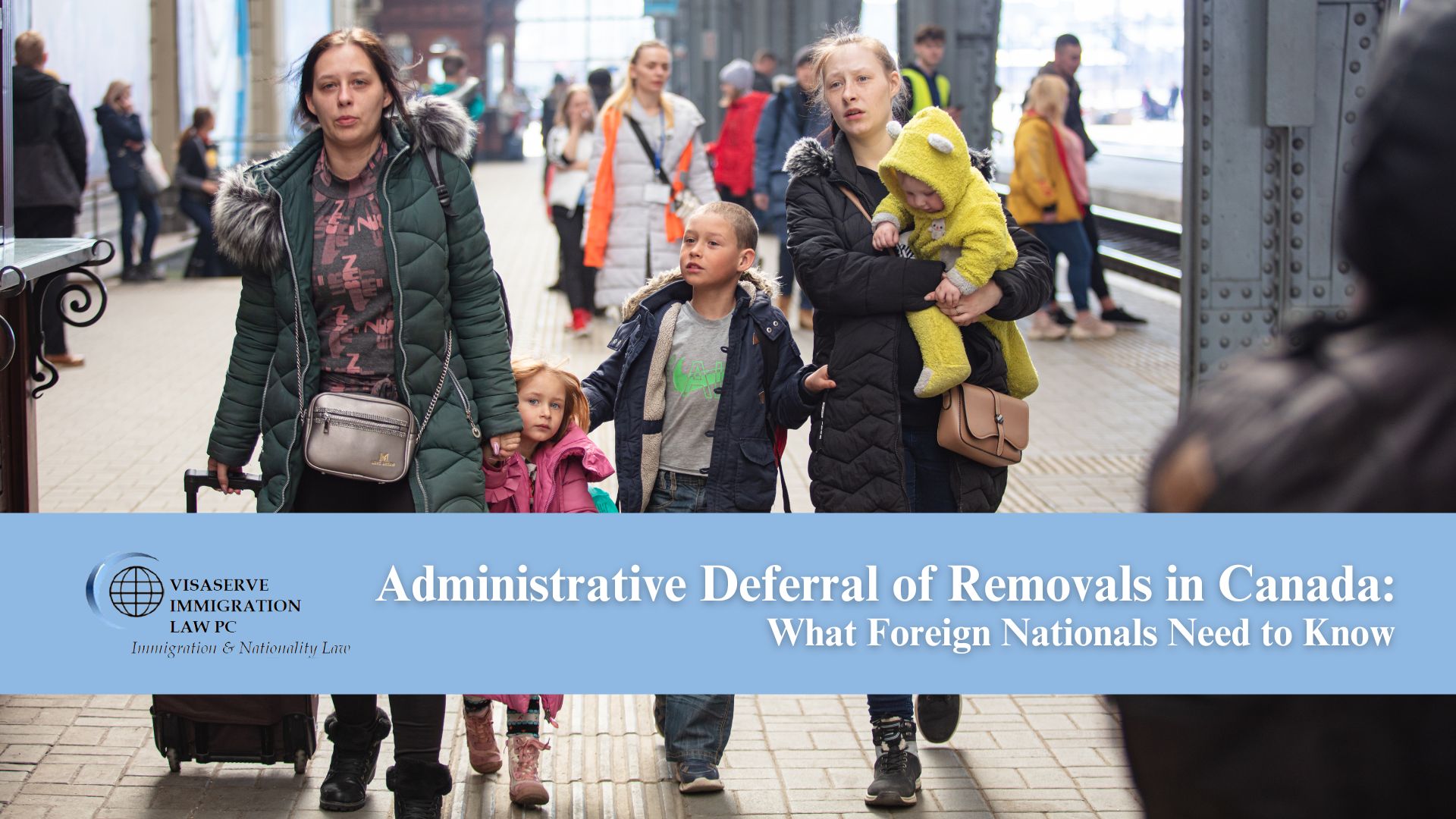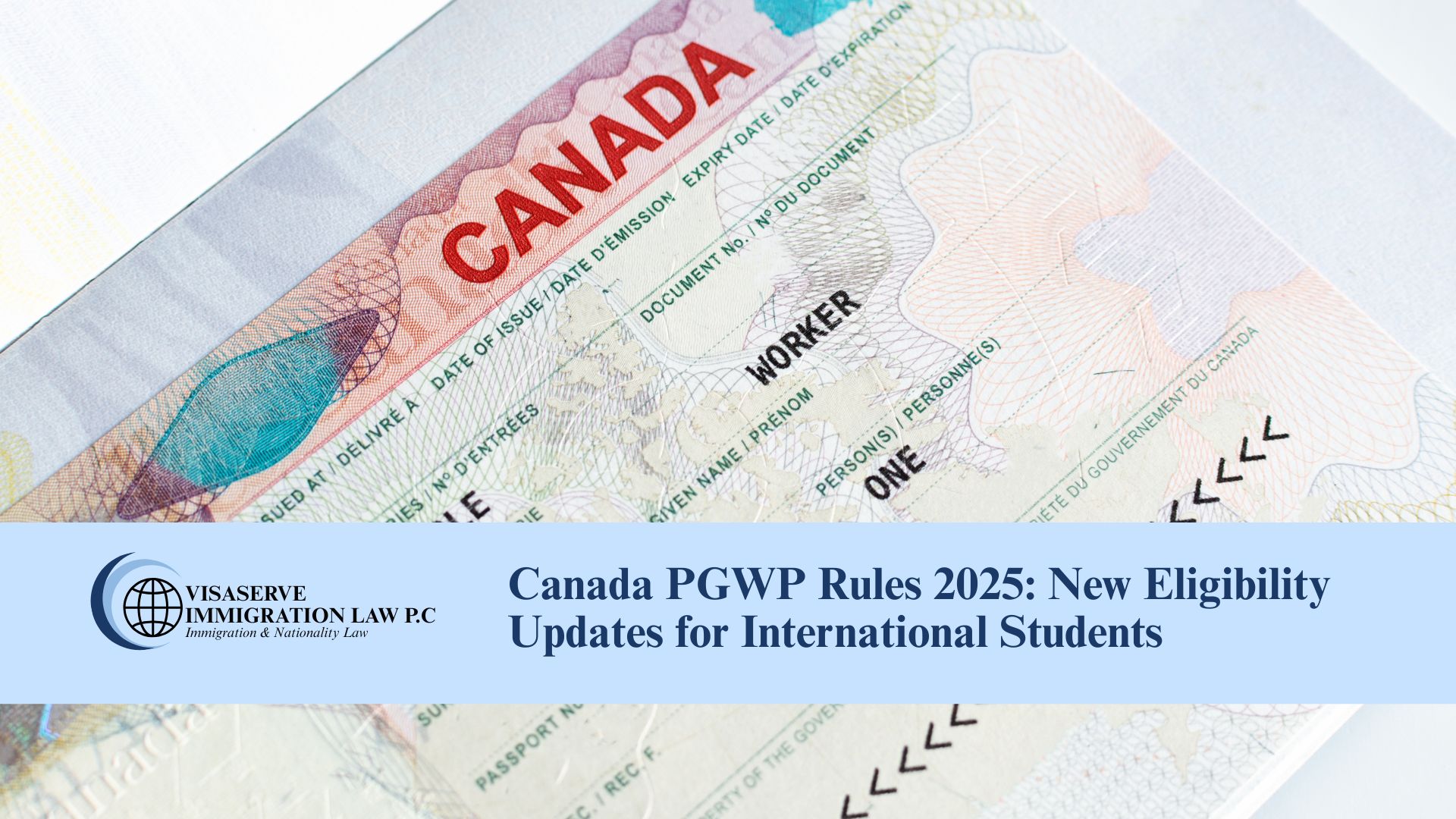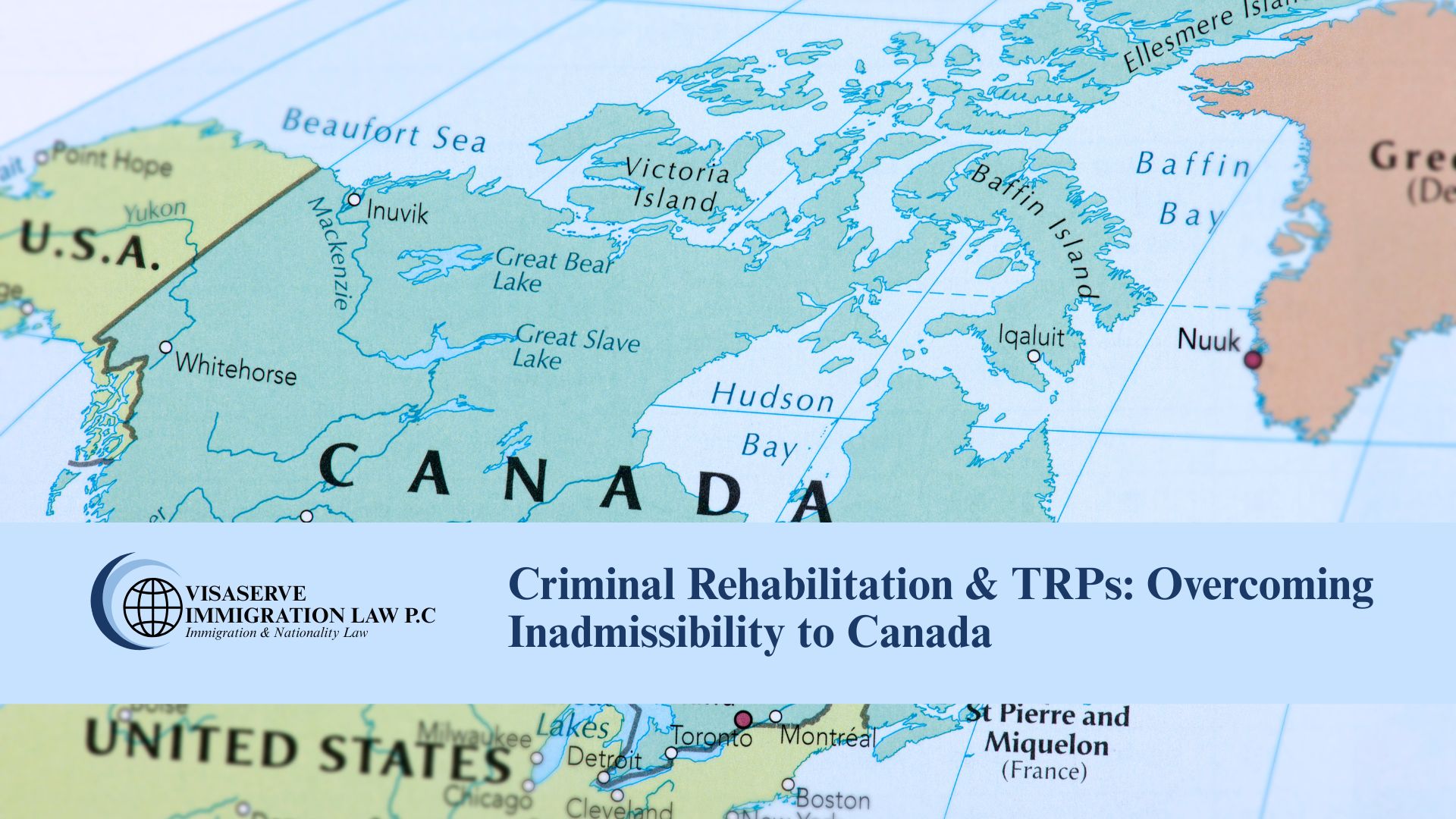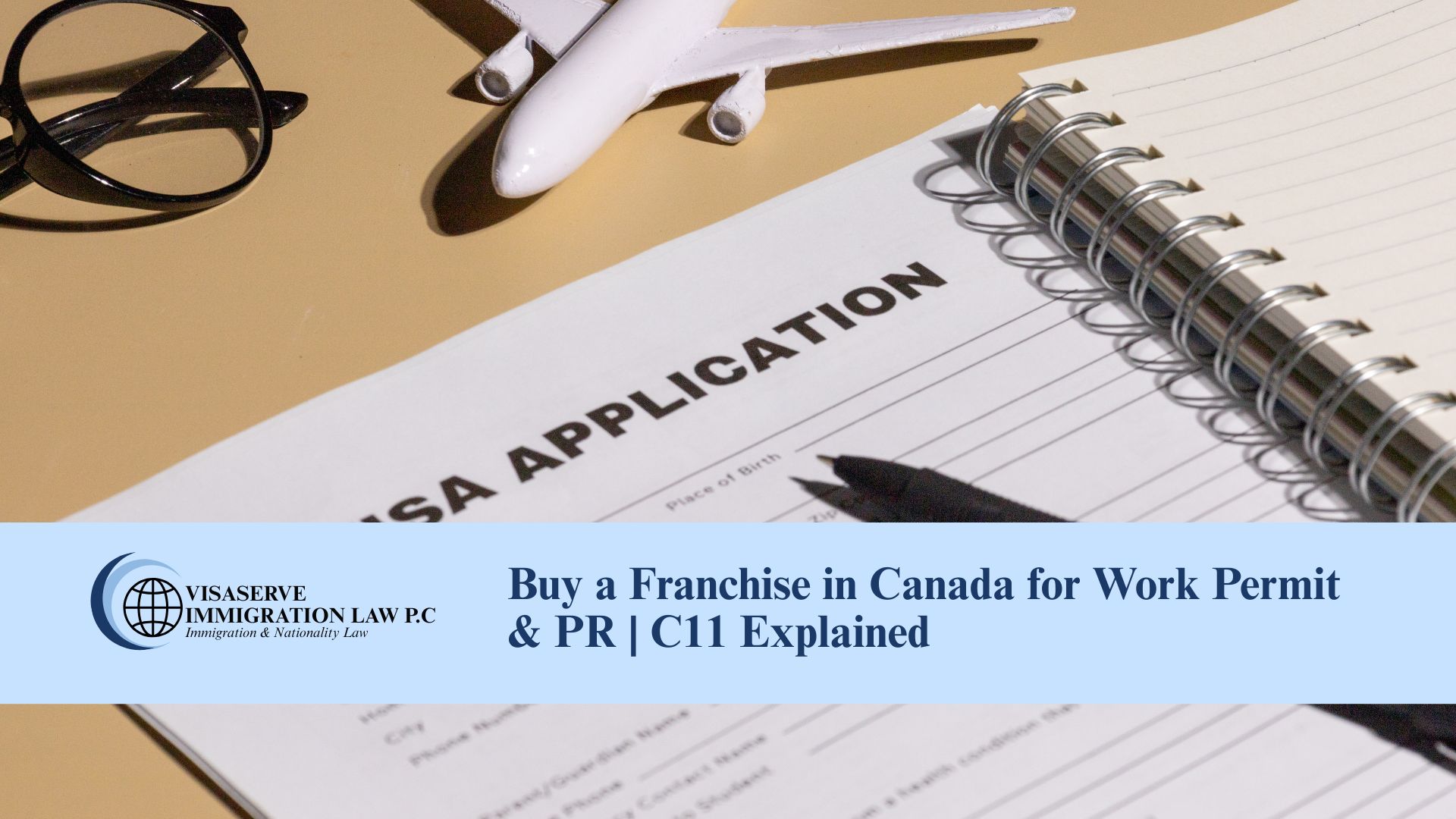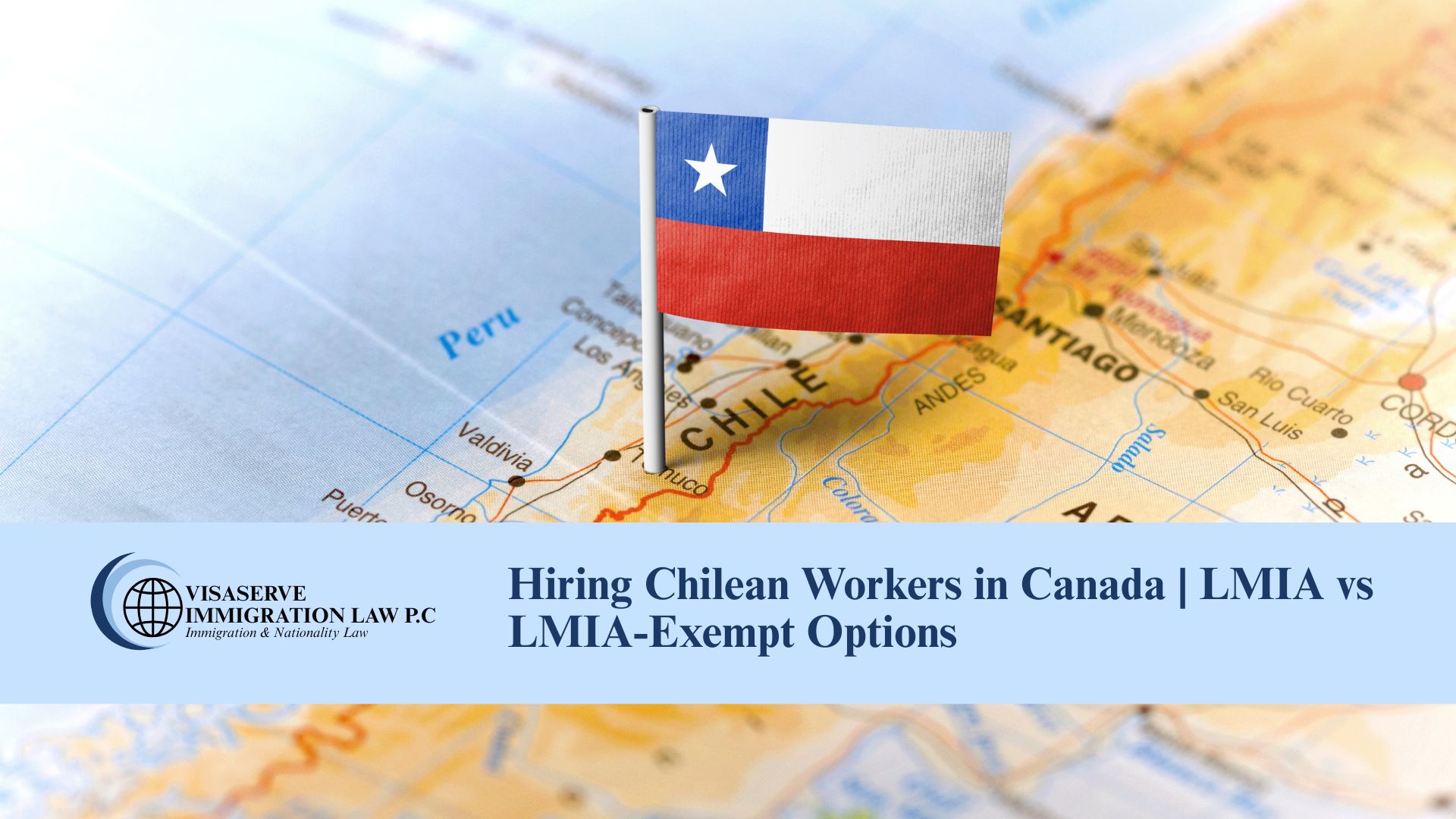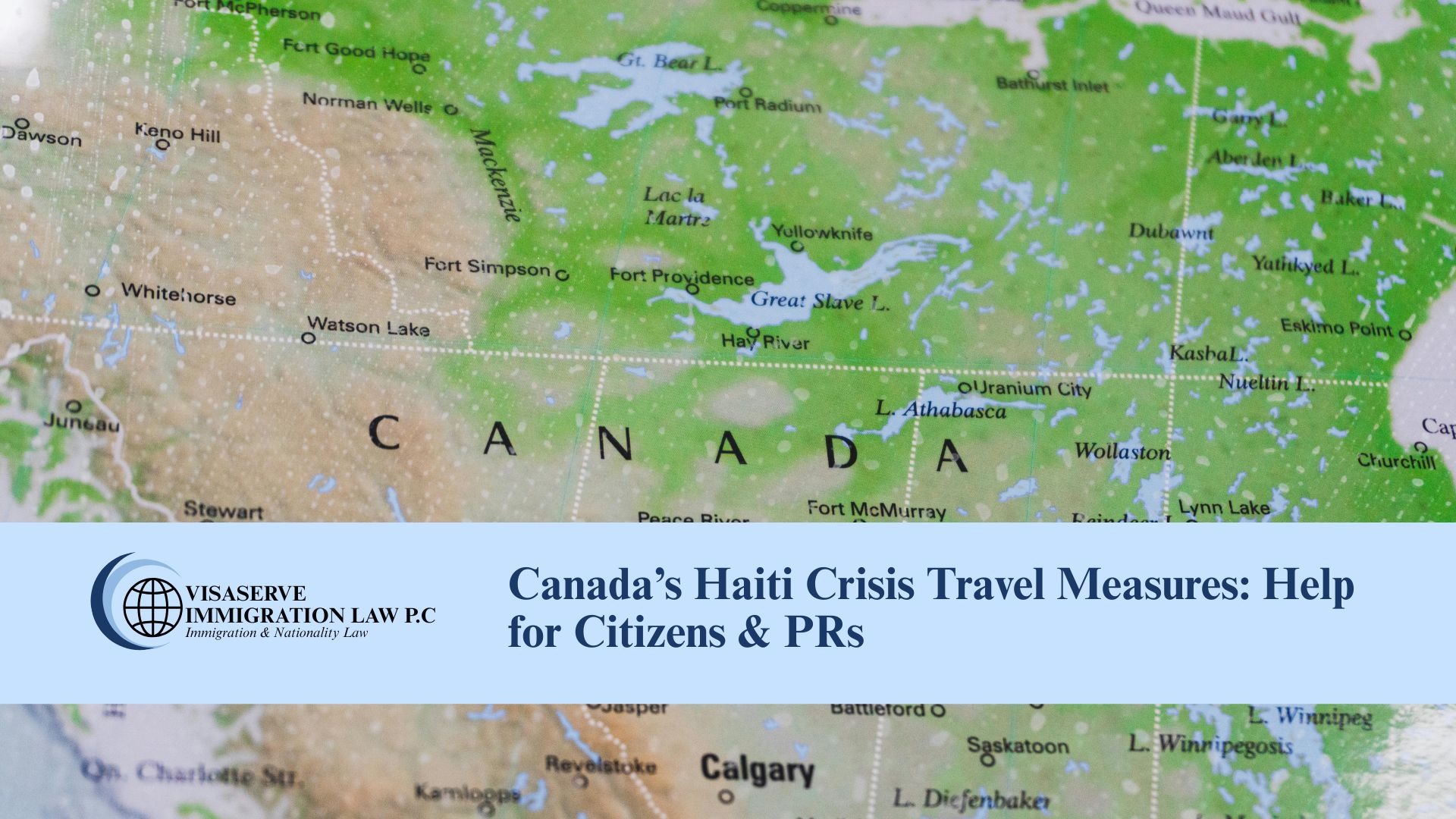The Administrative Deferral of Removals (ADR) is a temporary measure that Immigration, Refugees and Citizenship Canada (IRCC) and the Canada Border Services Agency (CBSA) may impose when a sudden humanitarian crisis makes it unsafe to return foreign nationals to certain regions.
Unlike permanent changes to removal policy, ADRs are short-term responses designed to address immediate instability—such as armed conflict, natural disasters, or rapidly deteriorating security conditions—until it is deemed safe for removals to resume.
How ADR Differs from Temporary Suspension of Removals (TSR)
While both ADR and TSR prevent removals to unsafe countries or regions, there are important distinctions:
| ADR | TSR |
|---|---|
| Implemented quickly to respond to sudden, short-term crises. | Applied when general conditions pose a risk to the entire civilian population, often for a longer duration. |
| Focused on immediate, emerging instability. | Triggered by armed conflict or environmental disaster causing widespread disruption. |
| Can be lifted as soon as conditions improve. | Can remain in place until the situation stabilizes substantially. |
Current ADR-Listed Regions (as of August 2025)
The CBSA currently maintains ADRs for:
-
Certain regions in Somalia (Middle Shabelle, Afgoye, Mogadishu)
-
Gaza Strip
-
Ukraine
-
Syria
-
Mali
-
Central African Republic
-
South Sudan
-
Libya
-
Yemen
-
Venezuela
-
Haiti
-
Iran
-
Sudan
Who is Not Protected by ADR
An ADR does not apply if you are inadmissible to Canada for reasons of:
-
Criminality or serious criminality
-
International or human rights violations
-
Organized crime
-
Security concerns
In such cases, the CBSA may proceed with removal despite the ADR.
Immigration Options During an ADR
If you cannot be removed due to an ADR, you may be eligible to:
-
Apply for a work permit to legally work in Canada
-
Apply for a study permit if you meet program requirements
-
Seek Humanitarian and Compassionate (H&C) consideration if you have compelling reasons to remain in Canada long-term
What Happens When ADR is Lifted
Once conditions improve in the affected region, the CBSA will lift the ADR and resume removals. If you have a Removal Order in effect, it will become enforceable at that time unless you have secured another legal status in Canada.
Why Legal Advice is Critical
An ADR provides temporary protection, not permanent legal status. It is essential to use this period strategically to:
-
Regularize your immigration status
-
Explore permanent residency pathways
-
Prepare for the possibility that removals will resume
At Visaserve Immigration Law P.C., we assist clients under ADR with securing temporary and permanent immigration solutions, ensuring they are not left vulnerable when the deferral is lifted.
If you are affected by an Administrative Deferral of Removals, contact our office today to discuss your options for maintaining lawful status in Canada.
